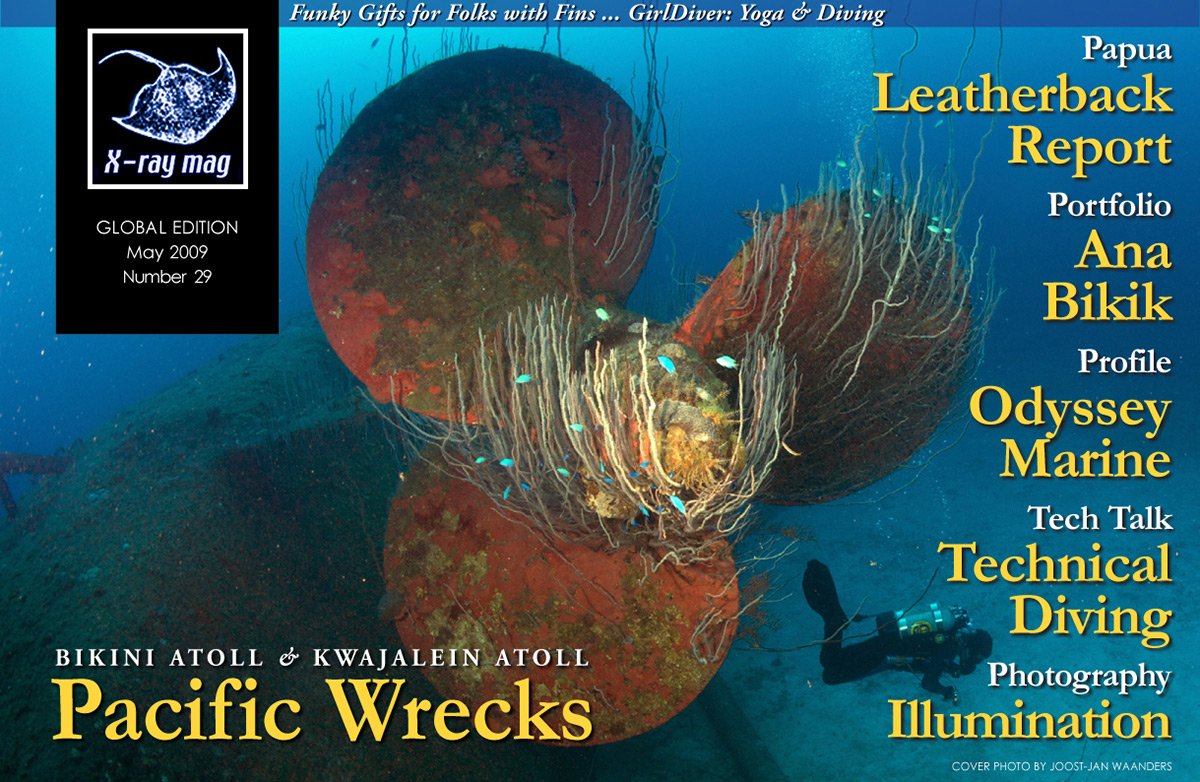Millis Keegan interviews Odyssey Marine Exploration’s Principal Marine Archaeologist Neil Cunningham Dobson
— April 2009
Contributed by
MK: What do you do? I ran into some confusion trying to set this interview up, so lets take a closer look at what you are trying to do. Obviously you are not treasure hunters, so what are you doing? What is your main reason to be out on the oceans, if it is not to find and salvage treasures?
NCD: I am the Principal Marine Archaeologist for Odyssey Marine Exploration. Odyssey has given me a unique opportunity. No other company or academic institution has the equipment and time to conduct archaeology the way Odyssey has the ability to do.
Odyssey is the world-leader in deep-ocean shipwreck exploration. We differentiate ourselves from salvage companies and treasure hunters because we conduct “best practice” archaeology on all the sites we work on. The term “treasure hunter” is negative within the deep-ocean world because it typically refers to a group or person who tears apart a shipwreck with no regard for the historic value, information or artifacts a shipwreck has to offer. They are simply interested in just getting to the treasure. Conversely, salvage is the recovery of shipwrecks for money, and salvagers do not write reports or publish their findings, and given that we do do that, calling us salvagers would not be correct either.
Odyssey’s business model is simple: there are billions of dollars worth of cargo and priceless artifacts lying on the ocean floor and the technology existS to locate and recover these treasures. We have the capabilities to conduct commercial marine archaeology where good business and sound archaeology can co-exist.
One common misconception people have about Odyssey is that we sell everything we recover, and this is not true. Artifacts that we recover that are deemed culturally or historically significant, are kept in Odyssey’s permanent collection for study, education, and research by museums, cultural institutions or other qualified academics.
On most shipwrecks, there is cargo that we classify as “trade goods” and, these are items found in large repetitive quantities… a good example would be coins. After undergoing conservation and thorough documentation, these duplicate items will be offered to private collectors. Our decision to sell artifacts is made using criteria similar to those used by museums when they de-accession artifacts or collections.
We also share the artifacts, treasures and knowledge we recover with a broader audience by displaying them at museums and interactive exhibits, and producing books, DVDs and television features. The adventure and excitement in our field motivates young students to get interested in archaeology, and we support that interest by creating educational curricula.
And finally, we produce high quality archaeological reports to share our findings with the archaeological community and the general public.
MK: Do you search for wrecks that do not carry significant valuables, and if so, what are the reasons for that?
NCD:There are certain criteria that shipwrecks must meet to become one of our targets, and one of those is that the ship must have documented proof of carrying highly valuable cargo. However, in our exploration of the oceans, we do come across interesting and significant shipwrecks that do not carry high value cargo. For example, we have discovered a few amphora wrecks, submarines, aircraft and so on. Whist the cargo has no real monetary value, we may conduct an archaeological investigation that can include a photomosaic.
It is a possibility that we will return and recover artifacts from some these sites at some point in order to share the historical knowledge that can be gained from these wrecks. Discovery Channel’s Treasure Quest series did a great job to showcase some of the historically significant wrecks that we came across and investigated but did not excavate during our last search season.
Published in
- Log in to post comments



































